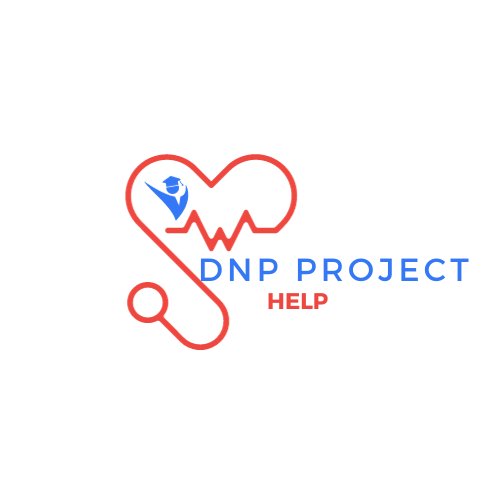
Course Description
In this course, we focus on using research to make clinical practice better. We’ll look at both quantitative and qualitative research methods. You’ll learn how to review research studies critically and apply them to your clinical work. By studying available literature and using a PICOT question, you’ll develop recommendations for evidence-based practice.
Prerequisite: HLT-362V.
Question 1
Which research design uses numerical data to generate statistical results that can be applied to a larger population from a smaller sample?
Select one:
A. Qualitative research designs
B. Quantitative research designs
C. Case studies
D. Interviews
Question 2
What is the hypothesis stating that there’s no significant difference between groups?
Select one:
A. Null hypothesis
B. Alternative hypothesis
C. Hypothesis
D. Confidence interval
Question 3
An RN-BSN student is creating a PICOT question for addressing a nurse practice problem. What does PICOT stand for?
Select one:
A. Population/Patients, Intervention, Comparison, Outcome, Time
B. Population, Intervention, Covariables, Outcome, Test
C. Parameters, Intervention, Clinical Issue, Outcome, Time
D. Population/Patients, Independent Variable, Clinician, Outcome, Time
Question 4
What does the abstract of a research article typically include?
Select one:
A. A paragraph summarizing the research article, usually found at the beginning.
B. Background, purpose, previous research, research question, hypothesis, typically toward the middle.
C. Details about the study sample, assessment measures, and procedure.
D. Summary of findings, presented in text or table format.
Question 5
Which of the following is a means of collecting data?
Select one:
A. The research method
B. Hypothesis
C. Variables
D. Theory
Question 6
According to the evidence pyramid, what type of evidence is considered to have the highest quality?
Select one:
A. Meta-analysis and systematic reviews
B. Cohort studies
C. Case-control studies
D. Expert opinions
Question 7
What is an informed and educated prediction or explanation about a relationship or phenomenon?
Select one:
A. A hypothesis
B. Outcomes
C. Parameter
D. Validity
Question 8
What is the problem-solving approach to healthcare delivery that combines evidence from studies, patient data, clinician expertise, and patient preferences?
Select one:
A. Evidence-Based Practice (EBP)
B. Best Research Evidence
C. PICOT Question
D. Research Design
Question 9
What are the three components of evidence-based practice (EBP)?
Select one:
A. Best research evidence, clinical expertise, and patient values
B. Intervention, comparison, outcome
C. Best research evidence, clinical expertise, and nurse values
D. Online forums, focus groups, and online communities
Question 10
In the correct order, what are the steps of the research process outlined in the course textbook?
Select one:
A. Develop a hypothesis, perform a literature review, determine the research design, collect and analyze data, interpret results, publish results, and disseminate information.
B. Develop a hypothesis, collect and analyze data, disseminate results, interpret results, determine research design.
C. Develop a hypothesis, collect and analyze data, determine the research design, collect data, perform a literature review, interpret results, and publish and disseminate information.
D. Develop a hypothesis, collect and organize data, interpret the results, determine the research design, publish results, disseminate information.
Question 11
Which PICOT question follows the “intervention” format discussed in the forum?
Select one:
A. In patients at risk for falls (P), how does hourly rounding (I) compared with rounding every 2 hours (C) affect the incidence of falls (O)?
B. Are children (P) who have sedentary lifestyles (I) at higher risk of developing obesity (O) over a 6-month period (T)?
C. How do women (P) with postpartum depression (I) perceive their ability to function (O) during the postpartum period (T)?
D. None of the above
Question 12
What kind of research design looks at things in their natural settings and tries to understand the deeper meanings or reasons behind social phenomena?
Select one:
A. Qualitative research designs
B. Quantitative research designs
C. Experiments
D. Literature Reviews
Question 13
Why is nursing research important for nursing practice?
Select one:
A. Nursing research can influence future nursing practices and improve patient outcomes by gaining knowledge through research.
B. Nursing research is done by researchers and has little impact on nursing practice.
C. Nursing research mainly focuses on nursing education.
D. The relevance of research to nursing practice is unclear; more studies are needed to make a reliable conclusion.
Question 14
What does the methods section of a research article typically include?
Select one:
A. A paragraph summarizing the research article.
B. Background, purpose, discussion of previous research, and possibly a hypothesis.
C. Details about how the research was done, including the study sample, assessments, and procedures.
D. Explanation of how the results answered the research question and suggestions for future research areas.
Question 15
What is research?
Select one:
A. A systematic study or investigation to discover new knowledge or expand on existing knowledge.
B. Finding answers to questions that others have already answered.
C. An educated prediction or explanation about a relationship or phenomenon.
D. The expected outcome of interest.
Must Read:



